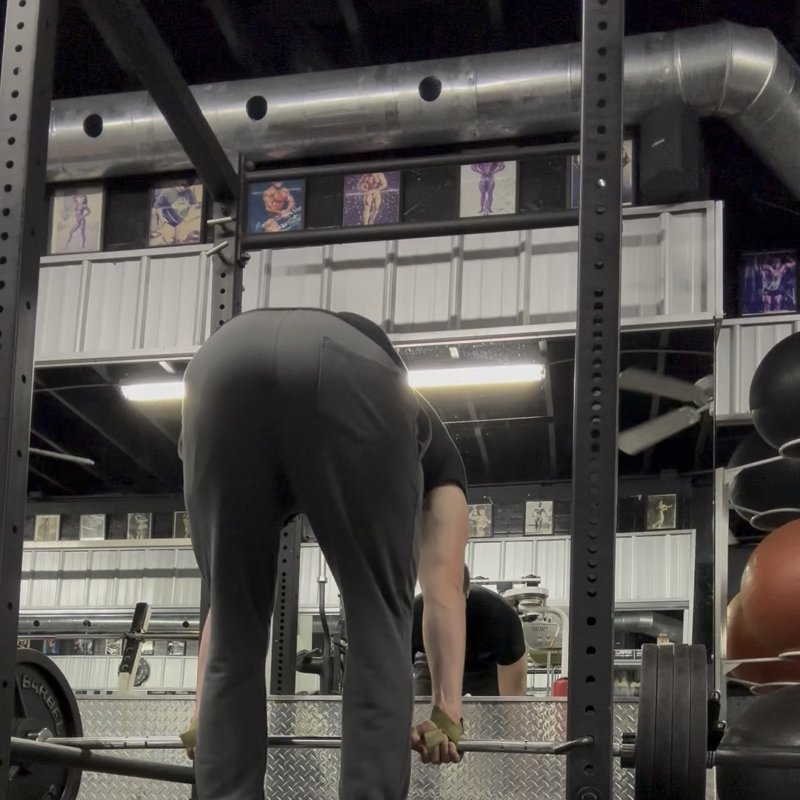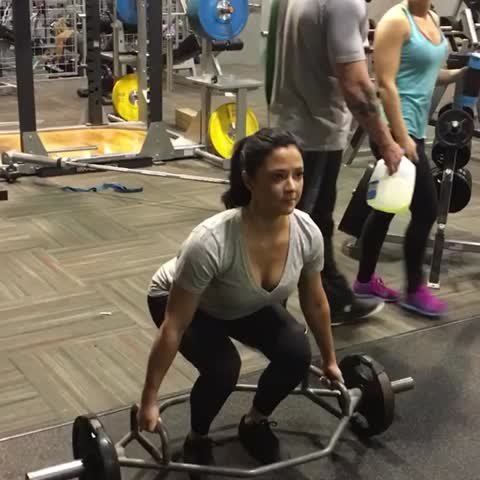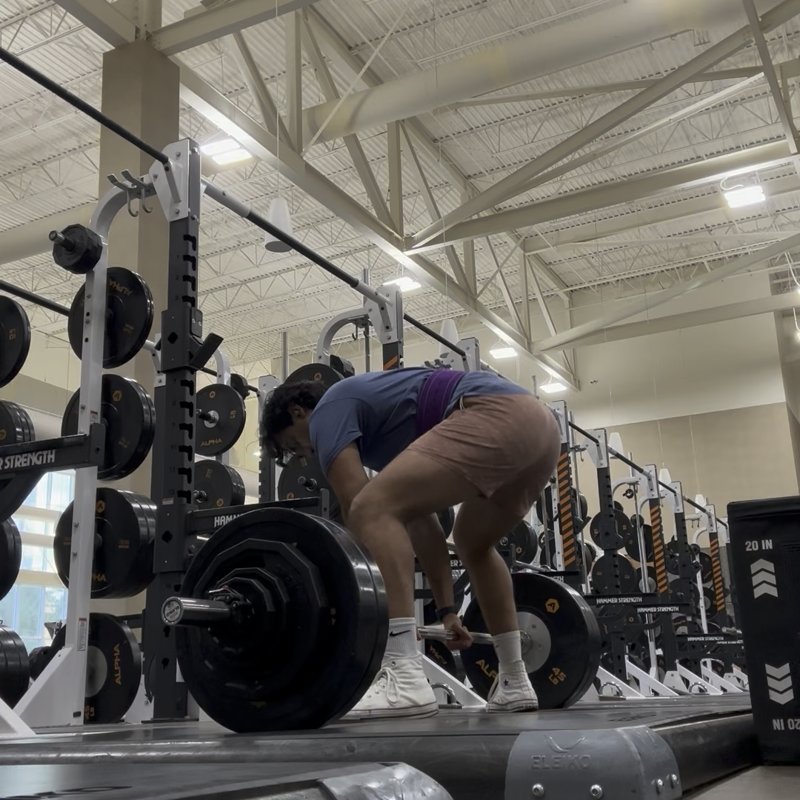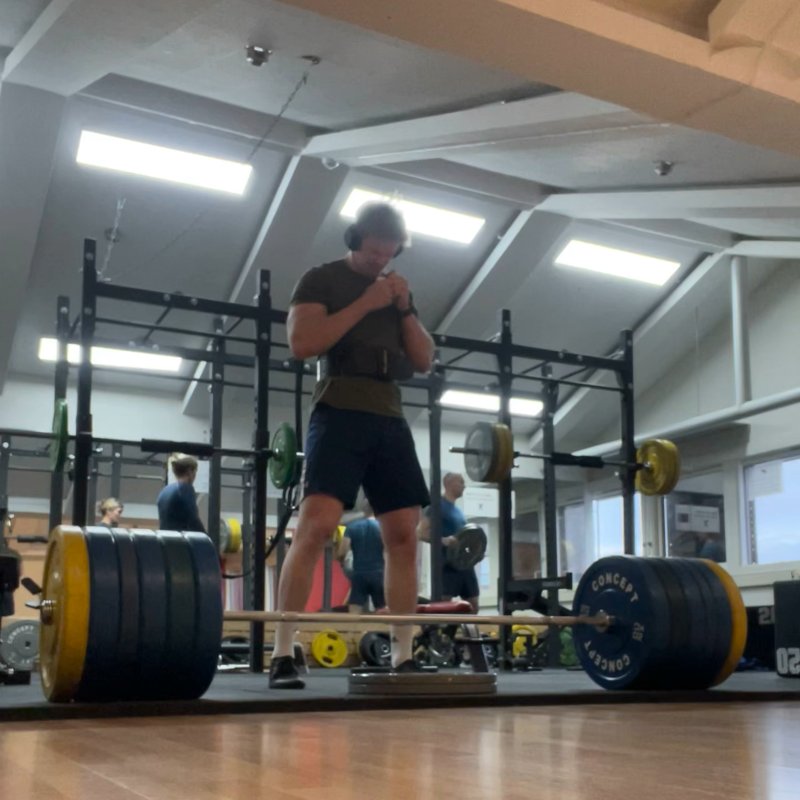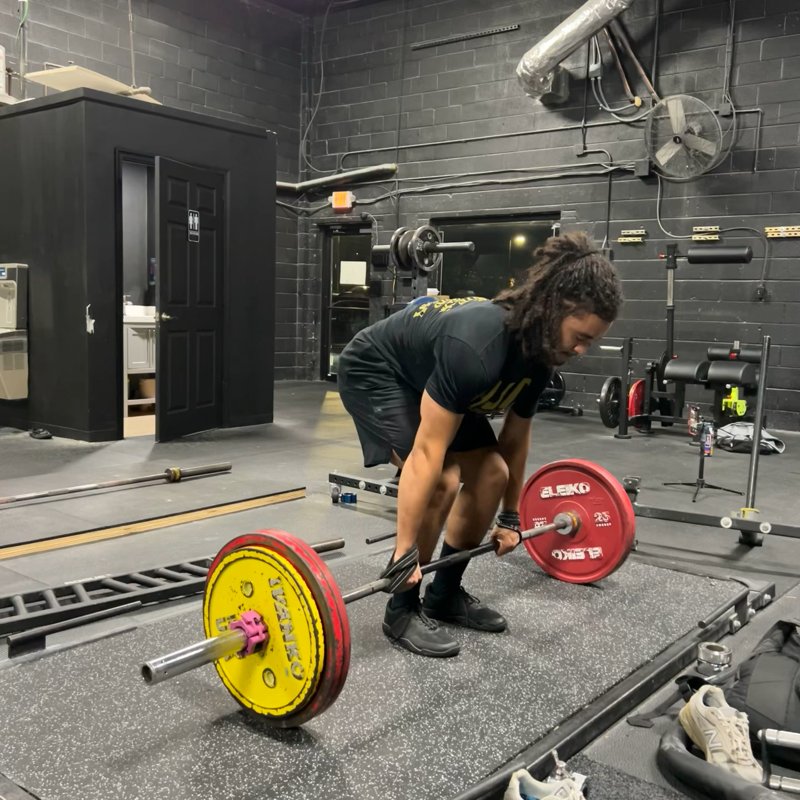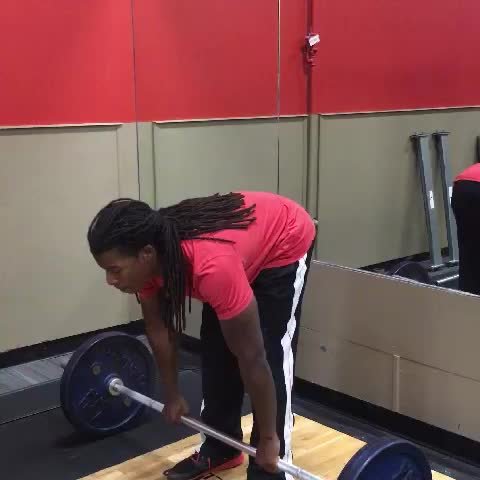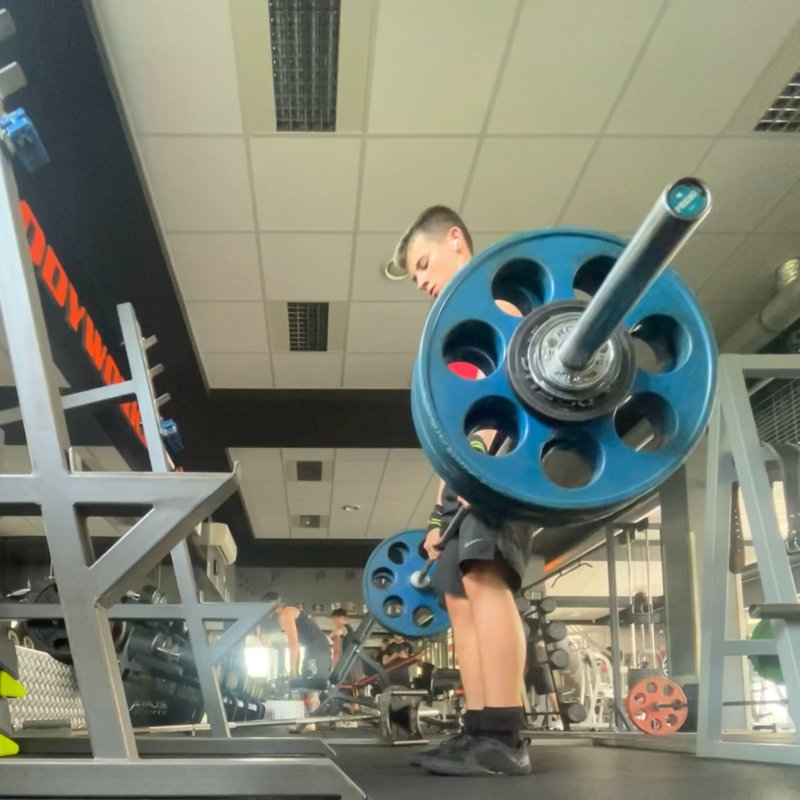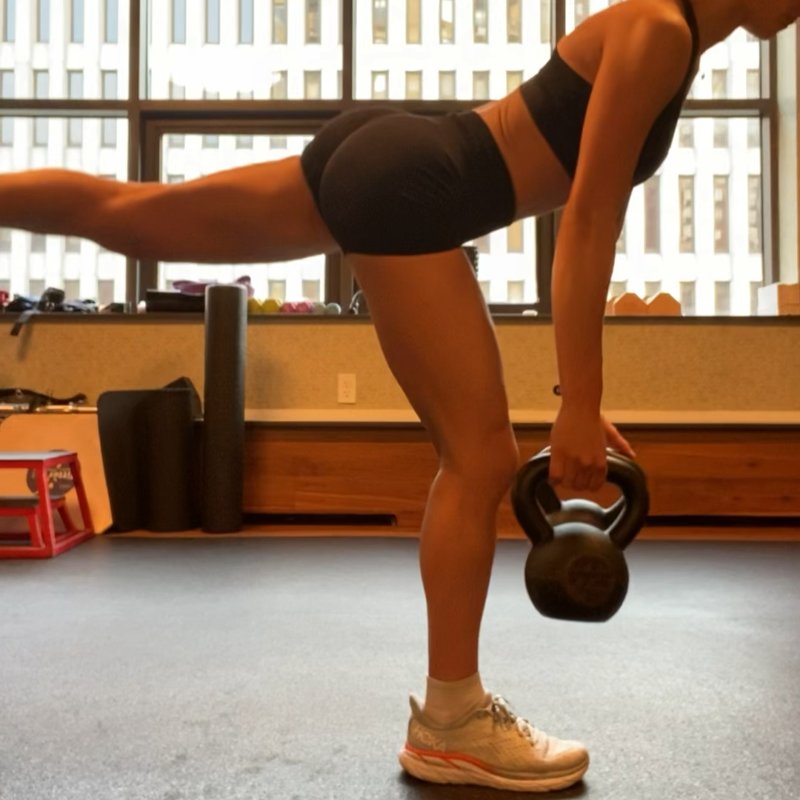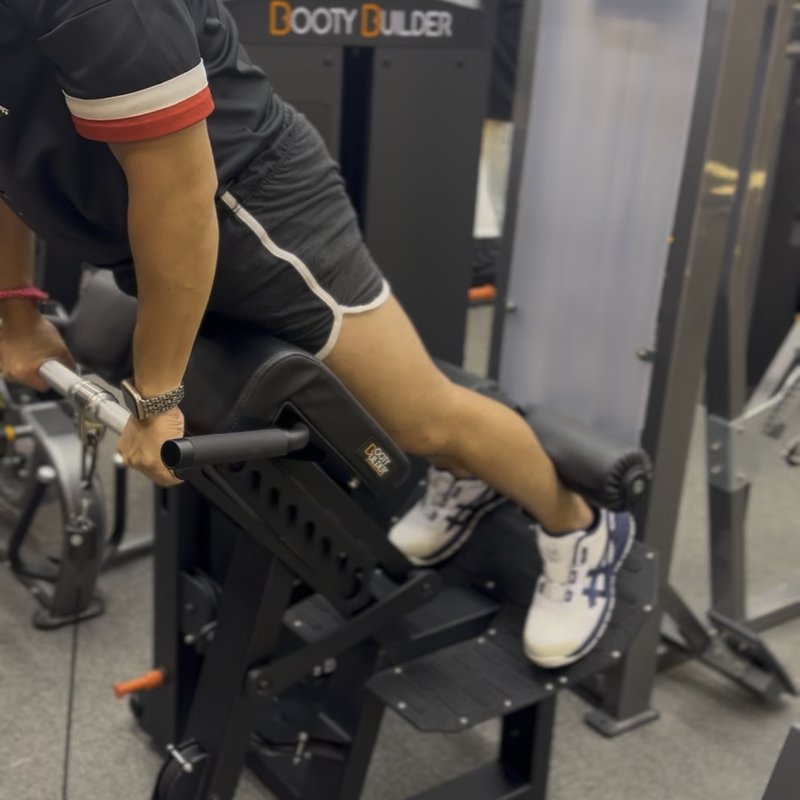Deadlift: The Ultimate Guide
The deadlift stands as the ultimate test of full-body strength and power. This guide covers everything from proper setup to advanced techniques, helping lifters at all levels safely maximize their deadlift potential.

Quick Facts
Key Benefit
Builds full-body strength and power while developing your posterior chain
Primary Muscles
Erector Spinae, Glutes, Hamstrings
Secondary Muscles
Forearms, Lats, Quadriceps, Traps
Equipment
Barbell
Difficulty
Intermediate
Type
Strength, Compound
In This Guide
Ready to master the Deadlift?
Track your progress, see improvements over time, and build strength consistently.
Download GravitusAre you ready to master the Deadlift? This comprehensive guide will teach you everything you need to know about this fundamental compound exercise that builds total-body strength and power. Whether you're a beginner just starting your strength journey or an advanced lifter looking to perfect your form, this guide has you covered.
Why the Deadlift Is Worth Mastering
The Deadlift is more than just another exercise in your arsenal. It's a fundamental movement that:
Builds Total-Body Strength
Engages more muscles than almost any other exercise, making it one of the most efficient strength-building movements available.
Improves Functional Fitness
Directly translates to real-world activities like picking things up off the ground, making everyday movements easier and safer.
Increases Hormone Production
Triggers a significant release of growth hormone and testosterone, supporting overall muscle development and metabolism.
Proper Deadlift Form: Step-by-Step
Starting Position
- Position your feet hip-width apart with the barbell over your mid-foot.
- Bend at the hips and knees to lower yourself to the bar, keeping your back flat and chest up.
- Grip the bar just outside your legs using either a double overhand or mixed grip (one hand over, one under).
The Movement
- Take a deep breath, brace your core, and initiate the lift by pushing your feet through the floor rather than pulling the bar up.
- Keep the bar close to your body as you lift, maintaining a neutral spine position throughout the movement.
- Extend your knees and hips simultaneously until you're standing upright, exhaling at the top of the movement.
Key Form Tips
Bar Position
Keep the bar over mid-foot throughout the entire movement.
Back Position
Maintain a neutral spine; avoid rounding your lower back.
Shoulder Position
Keep shoulders directly over the bar, slightly ahead of it at the starting position.
Lat Engagement
Engage your lats by thinking about "protecting your armpits" to help maintain back position.
Mind-Muscle Cue
Focus on pushing the floor away rather than lifting the bar up to engage your posterior chain.
Breathing
Take a deep breath at the top, hold during the movement, and exhale after completing the rep.
Muscles Worked in the Deadlift
Primary Muscles
- erector spinae: Maintains spinal position throughout the lift and extends the spine to an upright position.
- glutes: Provide powerful hip extension during the mid and upper portions of the movement.
- hamstrings: Extend the hips and stabilize the knees during the lift, especially during the initial pull.
Secondary Muscles
- quadriceps: Extend the knees as you move through the middle portion of the deadlift.
- traps: Stabilize the shoulder blades and assist in maintaining upper back positioning.
- lats: Keep the bar close to your body and maintain tension in your upper back.
- forearms: Grip strength is heavily challenged, making this an excellent exercise for forearm development.
Common Mistakes and How to Avoid Them
Starting with the bar too far from your body
This creates unnecessary strain on the lower back and reduces leverage. Position the bar over mid-foot before gripping it to ensure an optimal pull path.
Rounding the lower back
This increases risk of disc injury by placing excessive stress on the spine. Engage your core, set your back flat, and maintain that position throughout the lift.
Jerking the bar off the floor
This can lead to form breakdown and injury. Instead, gradually build tension by "pulling the slack out of the bar" before initiating the lift upward.
Letting the bar drift away from your body
When the bar drifts forward, it creates a longer lever arm and puts more stress on your back. Keep the bar close to your shins and thighs throughout the entire movement.
Deadlift Variations
Beginner-Friendly Variations
-
Rack Pull
Performing deadlifts from an elevated position (often from knee height) to reduce range of motion and focus on the top portion of the lift.
-
Trap Bar Deadlift
Uses a hexagonal bar that you stand inside of, placing the hands at your sides and reducing stress on the lower back.
Advanced Variations
-
Sumo Deadlift
A wide stance deadlift where the arms are positioned inside the legs, targeting more quad and inner thigh engagement.
-
Deficit Deadlift
Standing on a small platform (1-2 inches) to increase the range of motion and difficulty of the lift.
-
Romanian Deadlift
A hip-hinge variation with minimal knee bend that emphasizes the hamstrings and glutes.
FAQs About the Deadlift
Most lifters benefit from deadlifting 1-2 times per week. The frequency should be based on your recovery capacity, training experience, and overall program design. Beginners might stick to once weekly, while more advanced lifters may benefit from multiple sessions with varying intensities or variations.
A lifting belt can be beneficial for heavy sets by providing something to brace your core against, potentially allowing you to lift more weight safely. However, beginners should learn to brace properly without a belt first, typically using one only for sets above 80% of their 1RM.
A mixed grip (one hand overhand, one underhand) can help prevent the bar from rolling out of your hands on heavy lifts. While it's generally safe, it can create some asymmetry and potentially increase the risk of bicep tears on the supinated arm. Alternate which hand is supinated, consider hook grip as an alternative, or use straps for very heavy sets.
Video Demonstrations

Log in to watch video demonstrations
Login to Watch3 video demonstrations available
Find more video demonstrations in the Gravitus app
Tips from the Community
-

Keep the bar close to your shins, elbows locked.
-

Keep back straight, use your legs, shoulders back.
-

Tense your triceps, lock your arms, load your glutes and hamstrings, straighten your back and explode upwards through your legs.
-

Giant breath, bear down on abs, pressurize mid-foot by squeezing chest up with long straight arms and drive through midfoot. Reset each rep with the weight on the ground (3s in-between reps). :: formstrongfitness.com
-

Remember it’s a hip hinge, use your hips! The moment the bar is 2-3 inches from your knees explode with your hips. You’ll notice the change right away.
Track your progress with Gravitus
Download Gravitus to log your workouts, track your progress, and join a community of fitness enthusiasts.

Helpful Resources
One Rep Max Calculator
Find your one rep max for any exercise without maximal testing. Essential for developing effective strength training programs.
Calculate 1RMWorkout Programs
Follow structured workout programs created by fitness professionals to maximize your strength and muscle gains.
View Programs